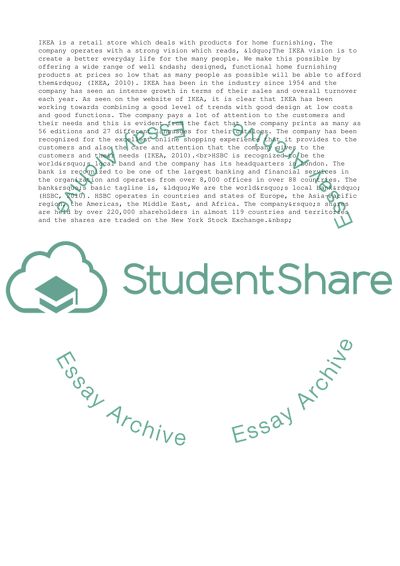Cite this document
(“Customer Relationship Management: IKEA and HSBC Case Study”, n.d.)
Customer Relationship Management: IKEA and HSBC Case Study. Retrieved from https://studentshare.org/business/1739561-customer-relationship-management-crm
Customer Relationship Management: IKEA and HSBC Case Study. Retrieved from https://studentshare.org/business/1739561-customer-relationship-management-crm
(Customer Relationship Management: IKEA and HSBC Case Study)
Customer Relationship Management: IKEA and HSBC Case Study. https://studentshare.org/business/1739561-customer-relationship-management-crm.
Customer Relationship Management: IKEA and HSBC Case Study. https://studentshare.org/business/1739561-customer-relationship-management-crm.
“Customer Relationship Management: IKEA and HSBC Case Study”, n.d. https://studentshare.org/business/1739561-customer-relationship-management-crm.


